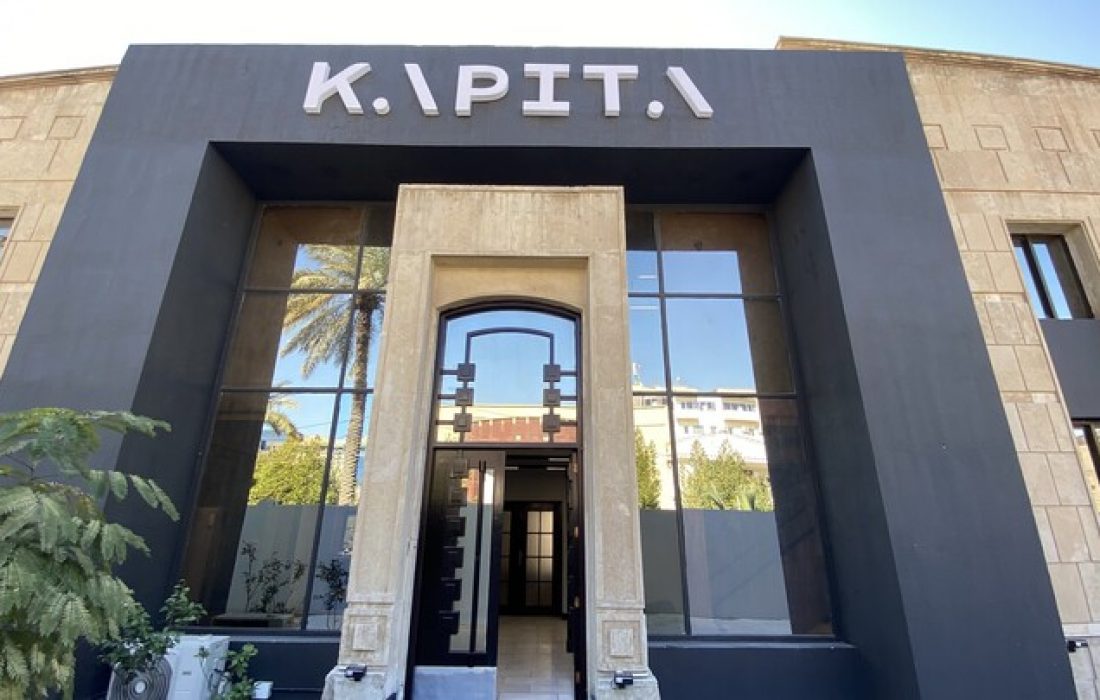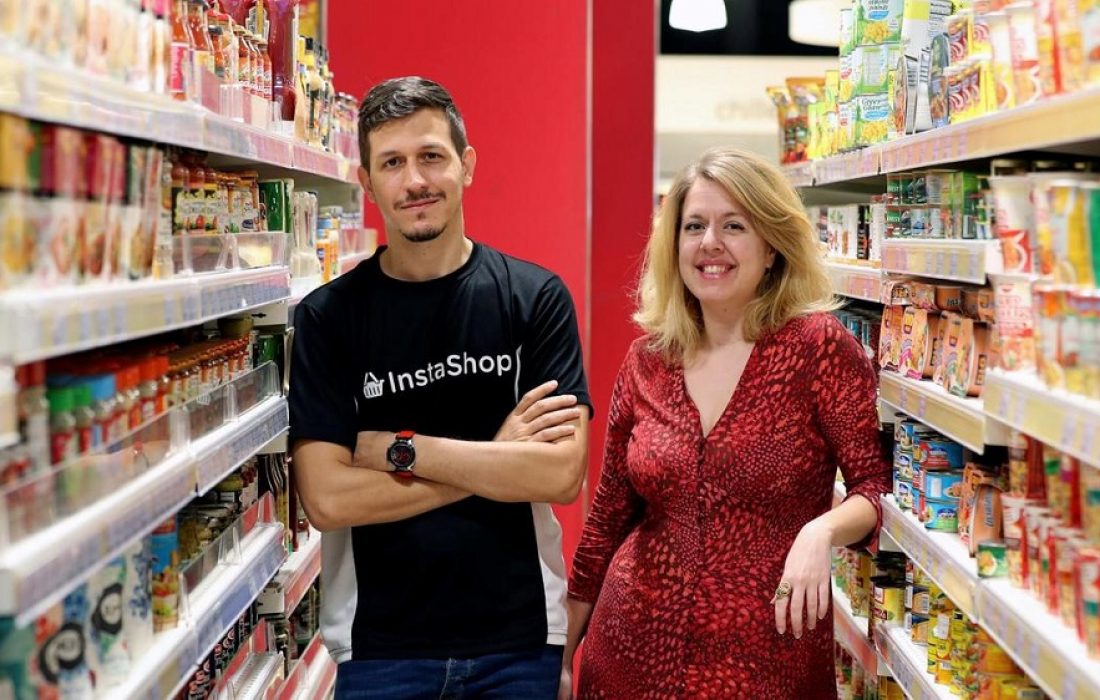In the previous two articles I have made the case for the necessity of banks and fintech startups to work together and laid out the different ways they can form such an alliance. It is now time to talk about the instrumental role that the regulator plays in facilitating this alliance and in building these relationships. I will finally present the root of Fawry as a successful case study for forming alliances with banks and going on to become the first Egyptian startup to IPO and reach a market value of USD one billion.
How Can Regulators Facilitate this Cooperation?
The restrictive granting of bank licenses by regulators has led to an ecosystem that is increasingly based on forming alliances. However, regulators, especially in Europe are increasingly pushing banks to open up their architecture, with PSD2 (Payment Service Directive 2) in the European Union and the Open Banking Initiative of the CMA (Competition and Market Authority) in the UK. Both regulations aim to provide consumers better services at lower costs by imposing banks to allow third-parties to retrieve account information directly and initiate payments from banks. Such imposed regulations have pushed all banks to implement an open API architecture to easily and seamlessly collaborate with fintech companies.
A regulatory sandbox is another framework and process that facilitates and encourages the development of the fintech sector in a safe, measured environment where the regulator will observe the activities of such companies and their impact on businesses, society and the ecosystem and successful candidates will be granted a license to operate in the country. The regulator can also create new regulations or update existing ones based on the learnings derived from the sandbox. This allows the regulations to adapt to the changing environment the regulator and businesses are operating in. In Egypt, the regulator takes good steps towards the regulatory sandbox where the Central Bank of Egypt introduced the Financial Technology Application Lab (sandbox) in 2019 and its first cohort was focused on e-KYC applications. However, the banking open API is not yet regulated and mandated by the CBE to be implemented by all banks, which in my opinion is the cornerstone step to increase and accelerate the fintech – bank collaboration model.
Fawry as a Case Study
Fawry is Egypt’s first and largest electronic payment network established in 2008, offering financial services to consumers and businesses through a variety of channels nationwide, Fawry services include but are not limited to electronic bill presentment and payment, alternative digital payments, omnichannel acceptance, supply chain payments, agent banking services, digital SME lending and other varieties of digital solutions for banks, billers and merchants. In the previous article, I have discussed the different forms of alliances that can exist between banks and fintech companies and highlighted the most successful models between banks and fintechs: product-related collaborations, the bank as investor or incubation program partner and finally, the bank as a venture builder, Fawry as a fintech company applied two models of them to collaborate with banks:
1. Banks as Investors
Since inception, Fawry onboarded banks in its shareholders structure as strategic investors, it was also mandated that banks maintain minority percentage in order to not conflict with potential collaborations with other banks. In 2008 Fawry for Banking and Payment Technology Services was established and all of Arab African International Bank, HSBC and Alexbank were part of the founders and investors of the company owning a minority 12% of the company’s total shares. In 2016 the company participated with some Egyptian banks to establish Fawry Plus to offer the banking agent service to all of the Egyptian banks. Finally, in 2019 Fawry went for an Initial Public Offering (IPO) and both Banque Misr and National Bank of Egypt acquired 7% each of Fawry shares during the private placement of the IPO. The offering was divided into two parts; a private placement and a public offering, Fawry was keen to include strategic banks such BM and NBE as one of the company’s shareholders. From that, we can see Fawry managed to have banks in its shareholder structure during the different stages of the company from inception till IPO, this actually gives fawry the trust among its partners including public and private institutions, and at the same time, it has facilitated fawry presence inside the banks as one of the main partners where fawry is the solo provider for bills presentment and payments services to the majority of the egyptian banks over all banking channels.
2. Product-related Collaborations
Fawry started providing its services in 2010 through the bank’s ATMs. Fawry collaborated with banks to integrate with their ATM Switch to avail bill presentment and payment to banks customers through bank ATM channels, to achieve that, Fawry developed a bill payment gateway component to be hosted on the bank’s side, this component was responsible for integrating with bank’s ATM Switch from one side and Fawry Enterprise Service Bus hosted at Fawry from the other side, which in turn integrates with all billers. In this example Fawry as a fintech company integrated directly with the bank’s legacy infrastructure which consumed so much effort and time to launch the product. In 2014 Fawry started to provide a payment service using mobile wallets in collaboration with the National Bank of Egypt; now the number of the banks that use the technology offered by Fawry to process payments using mobile wallets has exceeded 21 banks. This solution was offered by Fawry as a hybrid model where some components were offered to the banks as SaaS and other components were integrated with the banks’ internal infrastructure. Fawry collaborated with banks in many other products where direct integration, SaaS or hybrid models were being used to offer products to both bank customers and Fawry customers. However, if banks already implemented the open API infrastructure, products-related collaboration would be much easier and time effective due to the rapid integration (plug-and-play) of the bank’s and fintech’s systems and also opens the door to much more untapped product opportunities that will give better user experience and more customer satisfaction which is the cornerstone objective of each bank digital transformation strategy.
Collaboration as the Only Way Forward
Collaboration means change. Collaboration means dispute. And, more than anything, collaboration means challenges. On the other side, Working with startups positions banks as more innovative. Such partnerships create value for banks as the solution is often designed around model innovation and operational excellence. For fintech startups, the union brings stability and financial backing. It’s rather a win-win partnership where both sides add value. That’s why banks should move now in adapting their internal architecture, to expose well-defined and well-documented services to the outside world using Banking as a Service BaaS concept. This strategy of exposing products and services as APIs will allow the business of the bank to explore new opportunities. The ongoing trend of “banks and fintechs” instead of “banks vs. fintechs” has already started yielding results for adopters.
If you see something out of place or would like to contribute to this story, check out our Ethics and Policy section.














